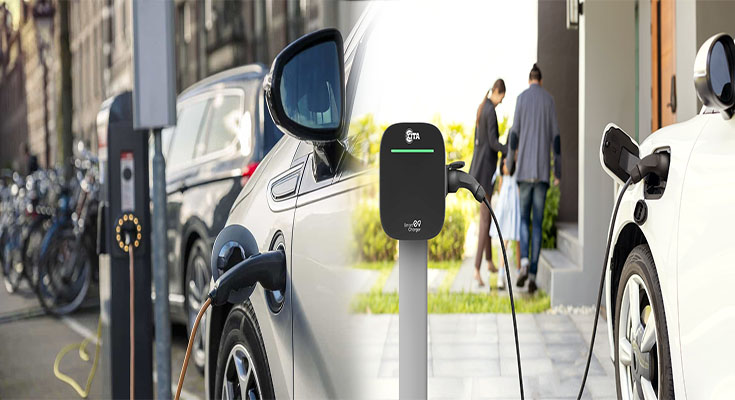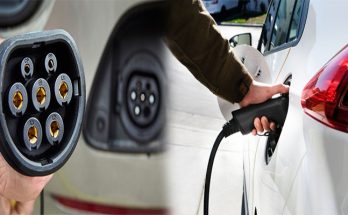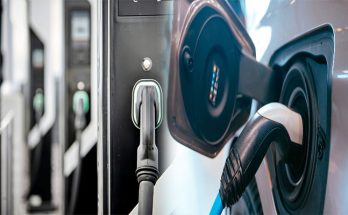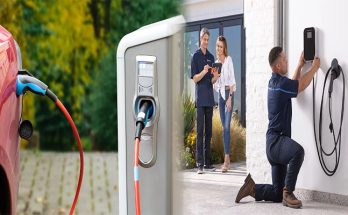The rise of electric vehicles (EVs) has revolutionized the way we think about transportation and sustainability. As EV ownership continues to grow, it’s essential for enthusiasts and beginners alike to understand the different types of charging stations available to power these eco-friendly vehicles. In this article, we will delve into the world of Level 1, Level 2, and DC fast charging stations for electric vehicles, exploring the benefits and considerations of each charging option.
Understanding the Three Levels of Charging
1. Level 1 Charging
- Definition: Level 1 charging involves using a standard 120-volt household outlet to charge anelectric vehicle. It is the most basic form of chargingand typically takes the longest time to charge the vehicle’s battery fully.
- Suitability: Level 1 charging is best suited for EV owners who have access to a regular household outlet and require overnight charging to ensure their vehicle is fully charged by the morning.
- Considerations: While Level 1 charging is convenient and doesn’t require any additional equipment, it may not be the most efficient option for those who need to charge their EV quickly or have a larger battery capacity that takes longer to charge.
2. Level 2 Charging
- Definition: Level 2 charging involves using a 240-volt charging station, which is faster than Level 1 charging. These charging stations can be installed at home or accessed at various public locations, including workplaces, shopping centers, and parking garages.
- Suitability: Level 2 charging is ideal for EV owners looking for a faster and more efficient charging option than Level 1. It is suitable for daily charging needs and allows users to top up their vehicle’s battery in a shorter amount of time.
- Considerations: While Level 2 charging is faster than Level 1, it may require installation of dedicated charging equipment at home or reliance on public charging stations, which may not be as widely available as Level 1 charging options.
3. DC Fast Charging
- Definition: DC fast charging, also known as Level 3 charging, is the quickest form of charging available for electric vehicles. These charging stations use direct current (DC) to rapidly charge the vehicle’s battery, making them ideal for long-distance travel and quick top-ups on the go.
- Suitability: DC fast charging is perfect for EV owners planning long journeys or needing to charge their vehicle quickly while out and about. It can charge a vehicle to 80% capacity in a matter of minutes, providing convenience and efficiency for drivers on the move.
- Considerations: While DC fast charging offers rapid charging capabilities, it may not be as widely available as Level 1 or Level 2 charging stations. Additionally, frequent use of DC fast charging may impact the long-term health of the battery, so it’s essential to use it judiciously.
Choosing the Right Charging Solution for Your Electric Vehicle
When it comes to charging your electric vehicle, the choice between Level 1, Level 2, and DC fast charging stations depends on your lifestyle, driving habits, and charging needs. Whether you prefer the convenience of overnight charging with Level 1, the faster charging speeds of Level 2, or the rapid top-ups of DC fast charging, each option offers benefits and considerations to keep in mind.
By understanding the differences between Level 1, Level 2, and DC fast charging stations, EV owners can make informed decisions about their charging infrastructure and ensure that their vehicles are always ready to hit the road with a full battery. Embrace the evolution of electric vehicle technology, explore the diverse charging options available, and experience the convenience and sustainability of owning an electric vehicle firsthand.





